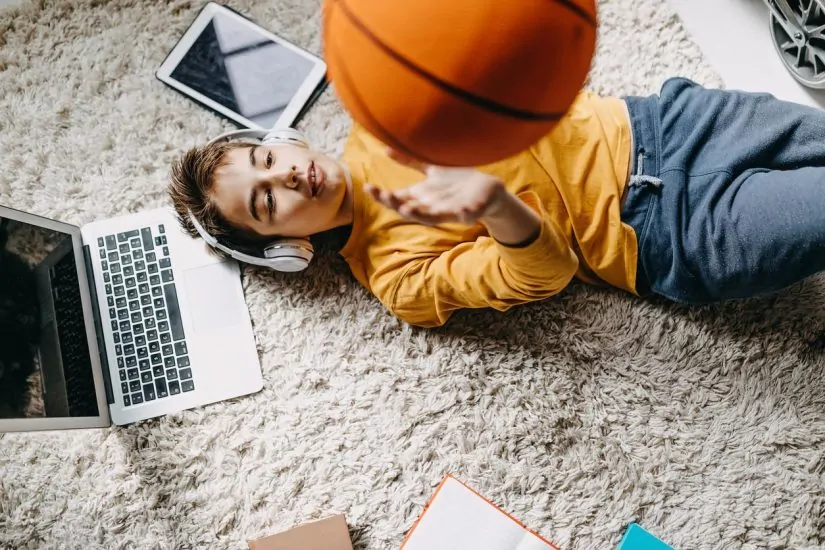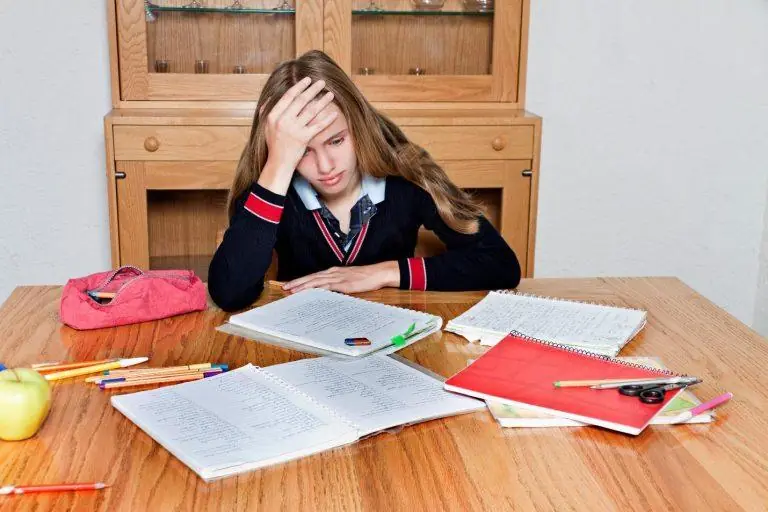Study techniques for kinesthetic learners are not new, but they are also not very well known. If you fall into this category, learning about the kinesthetic learning style can help you better retain knowledge.
In his groundbreaking model of learning, Neil Fleming identified three main learning styles – visual, auditory and kinesthetic. Fleming found that visual learners prefer information to be presented in graphs and tables, while auditory learners like lectures and discussions.
What Are Kinesthetic Learners?
Kinesthetic learners tend to be high-energy people who enjoy movement and tactile experiences when learning.
Traditional schooling can be difficult for a kinesthetic learner, as they are required to sit quietly for extended periods. These students may get into trouble for tapping their fingers and shuffling their feet in class because they find it hard to be still.
There is a growing awareness among teachers of the needs of all learners, and they are adapting their lessons to meet these needs. At home, there are also many easy study techniques kinesthetic learners can adopt to help make learning more enjoyable.
1. Take Notes While Reading
Most people find it difficult to retain knowledge just by reading textbooks and course material, and this is even more true for tactile learners. The hand movement involved in taking notes will help you concentrate and retain information, making this one of the most effective memorisation techniques for kinesthetic learners. Once you’ve taken notes from your course material, summarise these notes again until you have a few key points to trigger your memory.
2. Invest in a Whiteboard
To incorporate more movement into note-taking, invest in a whiteboard. Writing on a whiteboard involves your whole body and this is ideal for kinesthetic learning. You can use the whiteboard to brainstorm ideas for assignments, write an essay draft or create a storyboard. When you’ve finished, take a photo of your notes or draft essay to refer to later.
3. Record Yourself Reading Notes
Another variation of note-taking is to record yourself reading your notes. This allows you to revise while doing something active. Making your own videos is another one of the fun strategies for kinesthetic learners that you can adopt. You can use movements and props to explain concepts and share your videos with friends.
4. Take Regular Active Breaks
It’s important to take regular breaks when studying to maintain concentration. For many students, this involves watching TV or scrolling through social media. Kinesthetic learners benefit greatly by doing something active during their break, such as walking or shooting hoops. Not only will this help you burn off excess energy, but it will also solidify what you’ve just studied.
5. Get a Standing Desk
Standing while working is healthier than sitting because it engages the muscles and has been found to lower blood pressure and boost productivity. A standing desk is a great option for kinesthetic learning because the whole body is engaged, and this helps with focus and retention of learning.
6. Have Fun with Games
There are many easy ways to combine studying with movement by playing games. You can practice shooting hoops with friends while quizzing each other or draw cards with questions that require you to act out the answer. Parents with younger students can play simple maths and grammar games that incorporate exercise and fun.
7. Join a Study Group
Studying with others is more stimulating and enjoyable for some students, and a kinesthetic learner will benefit from the interaction and variety. While it can be more fun to study with other people, it’s important to stick to the topic and avoid distractions.
How a Tutor Can Help With Study Techniques for Kinesthetic Learners
Our tutors are trained to assess the individual learning styles of all students and develop a customised learning plan to suit each student’s needs.
A tutor can come up with a range of study techniques for kinesthetic learners that will help them achieve their best results.
Talk to us about an assessment today!




